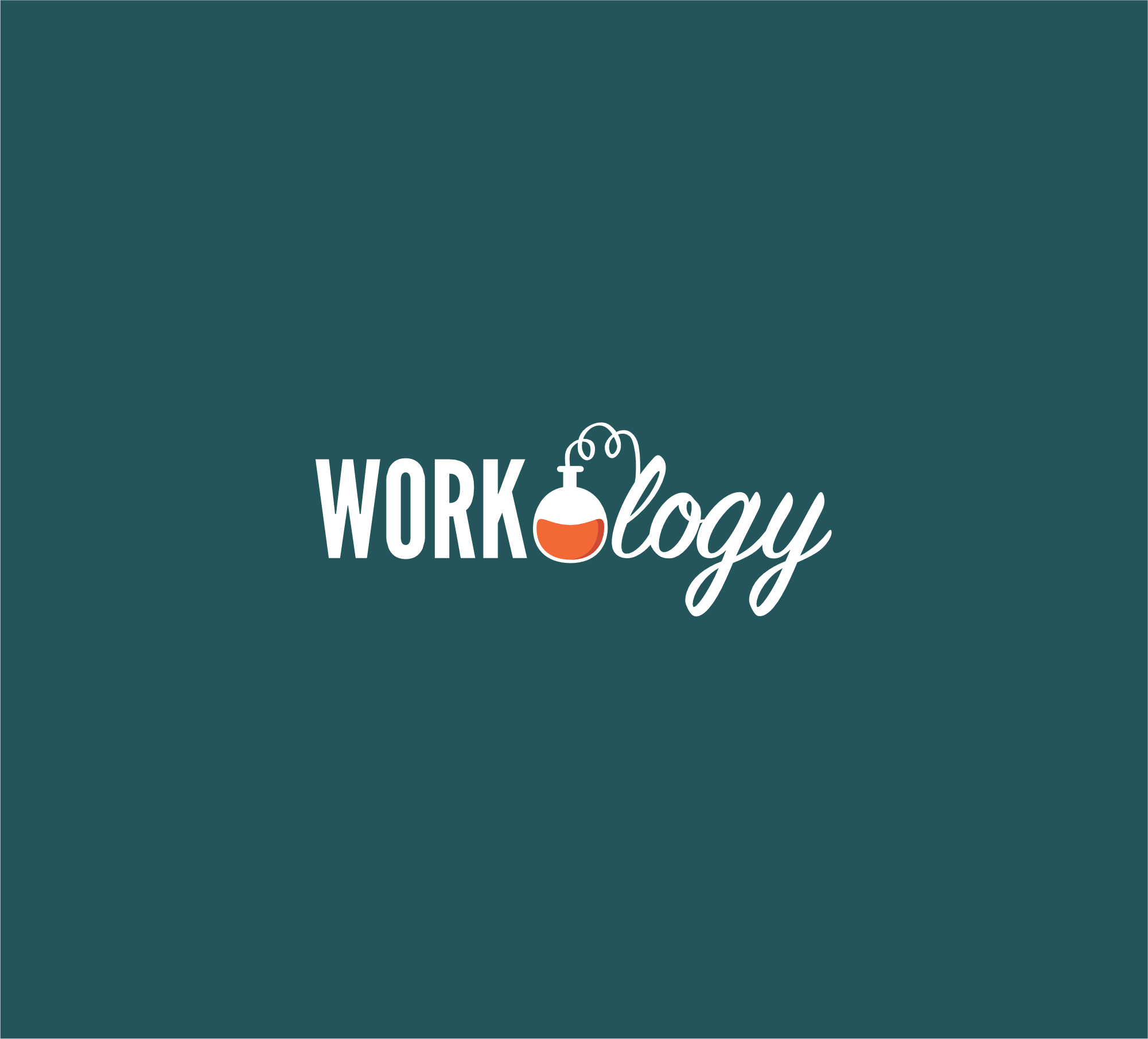This is part three of a series on PUSHing through obstacles at work. Be sure to check out part 1 and part 2.
In the first two of our series on PUSHing through obstacles at work, we’ve covered how to use the PUSH technique to clear obstacles related to your co-workers and how to PUSH through obstacles that come from within. But sometimes, your co-workers are responsive, you’re doing great, and the project is still bogged down.
PUSHing through Obstacles to Project Success
Projects usually go wrong because they weren’t planned well, or because conditions changed more than anticipated (this is often due to poor planning as well.) But even the best planned projects with the smartest people get bogged down. Here are a few hints for PUSHing through project-related obstacles.
1.) Understand the triple constraint
Every project, no matter how small or large, is limited by three interrelated factors: cost, schedule, and scope. For example, if you schedule a very large project to be complete in a month, the project tis going to be very expensive. You’re going to pay contractors, lots of overtime, or you’re going to burn out your salaried workers. If the project gets bigger (in other words, if the “scope” gets bigger), it’s going to take longer or cost more.
I write this so you’ll understand that PUSHing on any one of the factors will squeeze the other two factors, making for higher budgets, longer schedules, or reduced scope. With all that in mind, as much as you can control:
2.) Understand ,explain, and PUSH back on “scope creep.”
“Scope Creep” happens when workers add to the project goals at some point in the project. Of course this happens a lot when bosses or interested parties add additional desired outcomes. “We want to process 100,000 records instead of 50,000,” or “We want to add four new screens to this application.” But sometimes even small changes can cause the project scope to expand dramatically.
When someone asks you to do more than initially planned on a project, PUSH back by explaining the implications of the change. Provide firm estimates of the additional cost or additional time it will take to complete the project with new requirements. Many folks still don’t understand the triple constraint, so you can help them by explaining that their actions will materially affect the project.
3.) Understand the project and others’ roles in it, then take responsibility.
In Linchpin, Seth Godin equates our work to art, “Your art is what you do when no one can tell you exactly how to do it. Your art is the act of taking personal responsibility, challenging the status quo, and changing people.”
PUSHing in a project is about taking ownership and thinking critically. Don’t be an interchangeable part. Don’t sit back in a project and do only what you’re assigned. Take responsibility and pride in the project. Make sure that you understand the goals of the project, how it fits into your organization’s strategy, and who is doing the tasks. You may provide an insight that saves a lot of time and money. You might have unique expertise, or you might find a way to work tasks in parallel, which can speed up the schedule.
4.) Ask “What’s stuck?” and “What’s Next?”
If your organization doesn’t have dedicated project managers who are paid to keep projects moving, projects can get stuck. If your project isn’t moving, and you find yourself in meetings pinned under a project where nothing is moving but the wheels are spinning, ask two important questions: First: “What’s stuck?” You don’ t have to be unkind, but you should say, “This project was scheduled to be finished 2 months ago. What’s stuck? How can I help?” Once you’ve got that answer, ask “OK, What’s next?” Make a list of tasks and due dates. Write down a list of these tasks and send them out to the group after the meeting. Then ask about these things in the next meeting.
Pushing Workplace Project Management
There’s a lot more to managing projects than the four hints above, but for most projects, it’s not terribly complicated. If you find yourself unofficially managing projects, or if projects at your company get stuck a lot, you might benefit from some project management training even at your workplace. As a start, check out Curtis Cook’s excellent Just Enough Project Management.
What tips do you have for PUSHing through problematic projects?
Keep the Push Productivity conversation going. Check out Part 4 of Dan’s series.








Comments are closed.